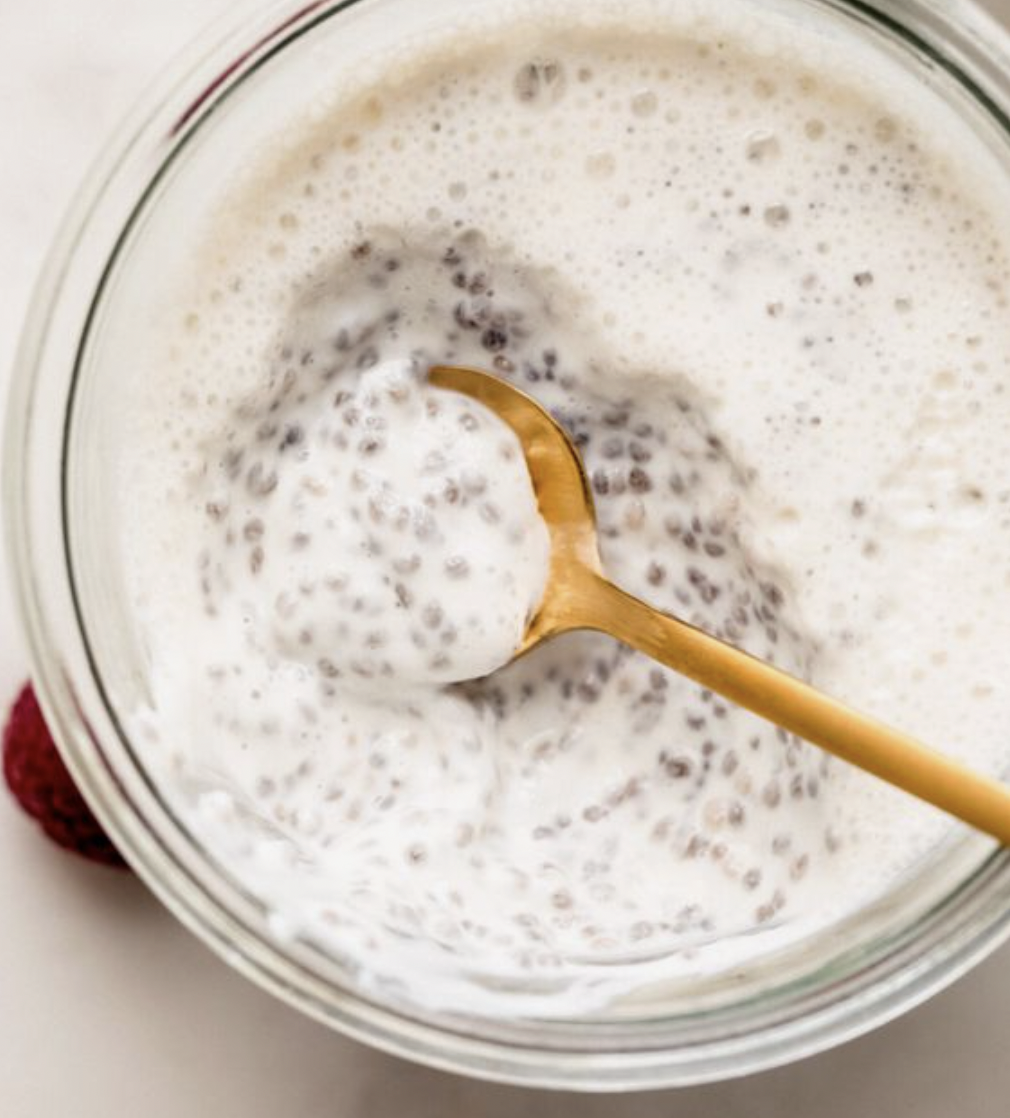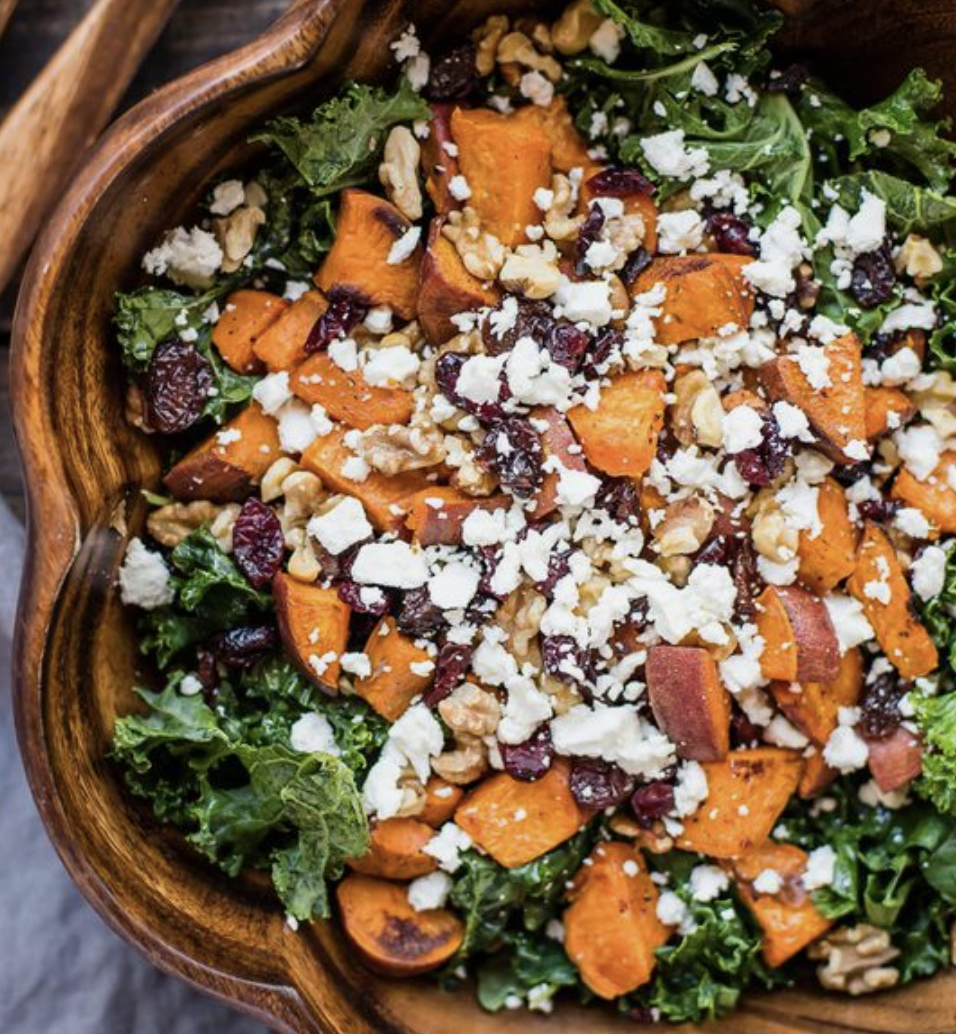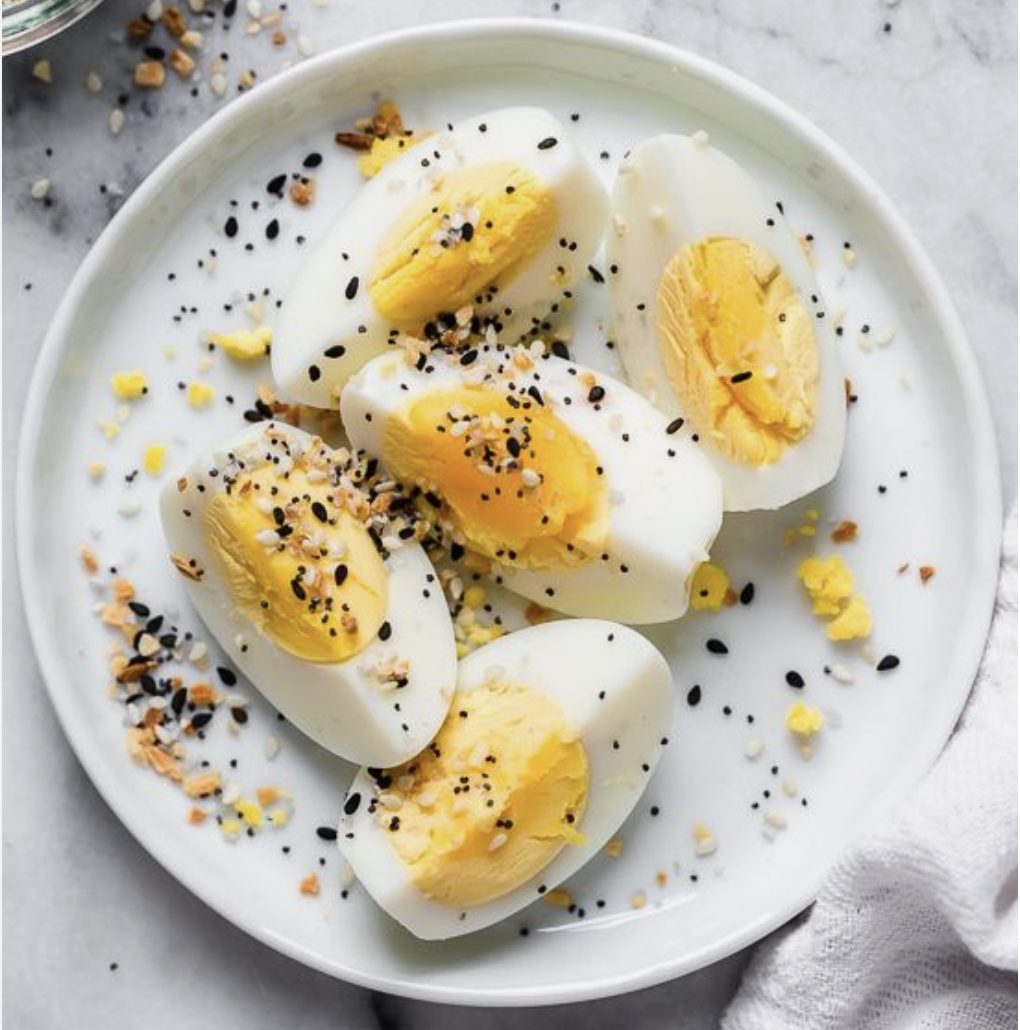Protein Requirements, Intake & Sources
Increasing your protein intake is one of the easiest ways to improve your health. Proteins break down to amino acids which are the building blocks for your cells, immune molecules, your gut lining, your skin, hormones and much more. Functionally, protein stimulates your satiety signals and is the key component of muscle mass and function which is an organ we want to nurture when it comes to healthy ageing and longevity.
Clinically it’s something that I typically recommend to everyone and see such good results from such a simple change. Carbohydrates are very easy to obtain and so often people end up carb heavy and protein light → this creates a recipe for fatigue, weight gain and a low mood. Protein can require a bit more thought and preparation - it’s worth it!
There are a few things to consider when choosing a protein source and deciding how much to have:
#1. Quality matters. Less is more. A good quality protein source should only have 1 ingredient - it shouldn’t be loaded with fillers, flavours, thickeners, preservatives etc if it does - it’s not a whole food and is not going to support your health as much as other more pure protein sources.
#2 .Does it contain all of the essential amino acids? We have 21 amino acids that our body uses to build proteins. 9 of these are essential - we have to eat them, we can’t make them. All animal protein sources contain these 9 essential amino acids and therefore are considered ‘complete’. Many plant based sources of protein don’t contain these essential amino acids. So you need to be a lot more careful with ‘protein combining’ to ensure you get these amounts in.
Complete plant based protein sources:
Chia seeds
Hemp seeds
Tempeh
Edamame beans
Spirulina
Non-complete plant based protein sources that need to be combined in order to obtain all essential amino acids:
All nuts
All seeds apart from chia and hemp seeds
All legumes
All grains
You also need to eat A LOT of these sources to get in the required amount of protein which then leads to a much greater carbohydrate intake e.g. especially from grains and legumes.
#3. How bioavailable is the protein? Most plant based sources are full of fibre which is good in one sense (we love fibre!) but not ideal in one sense as it makes it a lot harder to break down, digest and absorb the amino acids. Because of this I would prioritise animal based protein sources as your primary protein intake and use plant based protein sources to top up your levels.
#4. How much should I have? We can calculate your required protein in grams through the following calculation:
1.5 x ideal body weight in kgs
e.g. a 70kg individual — 1.5 x 70 = 105g of protein per day.
This is a minimum amount and can change depending on your physical excursion and health goals. Below is a list of protein options and the amount of protein that is within each:
Breakfast Protein Options:
1C greek yoghurt (20g)
2Tb Chia seeds (5g)
2Tb Hemp seed (6g)
Bacon - (4g per slice)
1/2C nutty granola (8g)
3 tsp spirulina (5g)
100g salmon (18g)
Lunch Protein Options:
100g goats cheese (18g)
150g edamame beans (17g)
3 eggs (18g)
1C chickpeas (15g)
1C lentils (18g)
100g chicken (24g)
Snack Protein Options:
2x gelatin gummies (12g)
2 Tb almond butter (6g)
2x boiled eggs (12g)
50g chicken liver pate (7g)
1/2 C greek yoghurt (10g)
Dinner Protein Options:
150g lamb (30g)
150g chicken (30g)
100g tempeh (19g)
1C quinoa (5g)
150g beef mince (30g)





